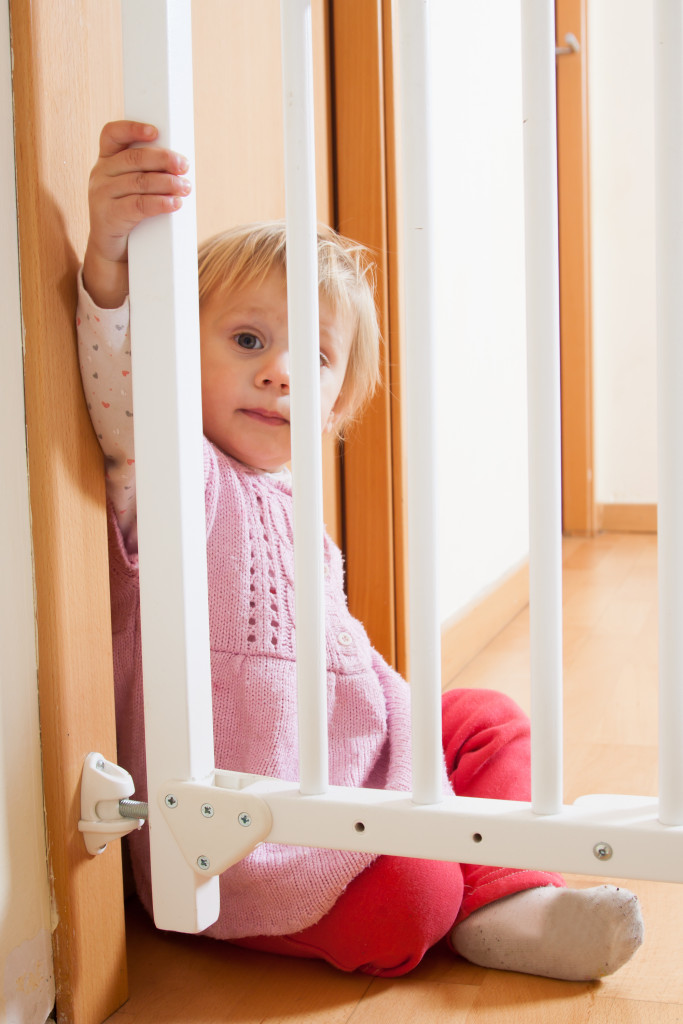Giving birth to a baby opens you to a world filled with new perspectives. Spending each day with your baby, you get to discover new sides of him that you can’t wait for the surprises to follow. To say that rearing a child is nothing short of magical is agreeable.
More so if they exhibit their firsts, their first word, for instance. Just as glorious would be the moment your baby gets to stand on his tiny feet and make his first steps. Good luck on catching that on camera, though.
By principle, your baby should be able to independently walk by age one. A little later than one and a half years could be a sign of concern, but don’t fret just yet. You can look out for signs your baby might have musculoskeletal issues impeding him from walking. With immediate medical intervention, help your child prevent from bringing any of these issues into his adult years:
Hip Dysplasia
Dysplasia is a condition wherein there is an overproduction of cells in a certain organ. Hip dysplasia in babies is diagnosed via an X-ray scan. Through which, it would be visible that their hip socket is not fully developed, therefore, not being able to capture the ball head of the thighbone.
One of the common telltale signs of hip dysplasia among babies is the apparent uneven length of their legs when straightened. It could also present as uneven creases on the hind parts of the legs or leg joints popping upon movement. If you observe these in your child, it’s best to elevate this to his pediatrician, who will then trace for any relevant medical history, including the baby’s position during delivery and how he was swaddled during infancy.
If the baby was birthed in a breech position or is female, this raises its chances of having hip dysplasia. Usually, the doctor recommends the use of a Pavlik harness which is a body harness with leg straps that attach those wrapping around the body. This keeps the baby’s legs in a bent and spread-out position and must be kept on, except when the baby needs a shower and a change of clothes until his doctor declares he can be weaned off of it.
Muscular Dystrophy
For reasons which may include nutrient insufficiency or genetics, producing necessary muscle-forming proteins may be difficult for your baby. This condition is referred to as muscular dystrophy. It includes symptoms such as difficulty rising from a supine position, frequently falling, and growing shorter than the average height in his age.
If you notice these symptoms in your child, it’s best to have them noted by his pediatrician. If his muscle weakness persists that he falls a lot, the more you need to have him checked by his doctor. Otherwise, he might suffer worse symptoms, including trouble moving his limbs and even breathing because the respiratory system is a set of muscles, after all. Unfortunately, there is no known antidote for muscular dystrophy, only perpetual medical monitoring, and therapy to prevent it from worsening.

Rickets
Some babies will sustain bow legs to fit in the womb. This often self-corrects by the time the baby reaches three years old; however, it also highly depends on the supply of vitamin D in his body. Vitamin D insufficiency complicates the growth of bones. Uncorrected bow legs could lead to more painful bouts of arthritis once a person grows older.
Bow leggedness is rather common in the adult population, but rarely is it medically attended to until getting injured because of it. If your child does not manage to straighten his legs until maturity, at least advise him to visit a podiatrist to prescribe therapy or splints he could use. And so, he would not suffer worse joint issues as he ages.
Knock Knees
Rickets and dysplasia can also cause knock knees or the condition wherein the knees bend inward even as ankles are apart. Early symptoms of knock knees include the baby’s delayed growth or uneven-looking legs. Supplementing the baby’s diet with vitamin D-rich food could help alleviate the condition.
Pain later in life could vary, and depending on which a doctor would recommend corrective surgery. Orthopedic specialists would recommend wearing braces for milder cases in children, on the other hand.
You study far and wide on how to raise a child, and yet nothing ever prepares you for the real thing. Sticking with rules by the book could help you as much as you consistently put them into practice. One of those you should live by is never missing any of your child’s appointments with the doctor. With frequent visits, you can detect early any signs of abnormality; therefore, treat them before it’s too late.
